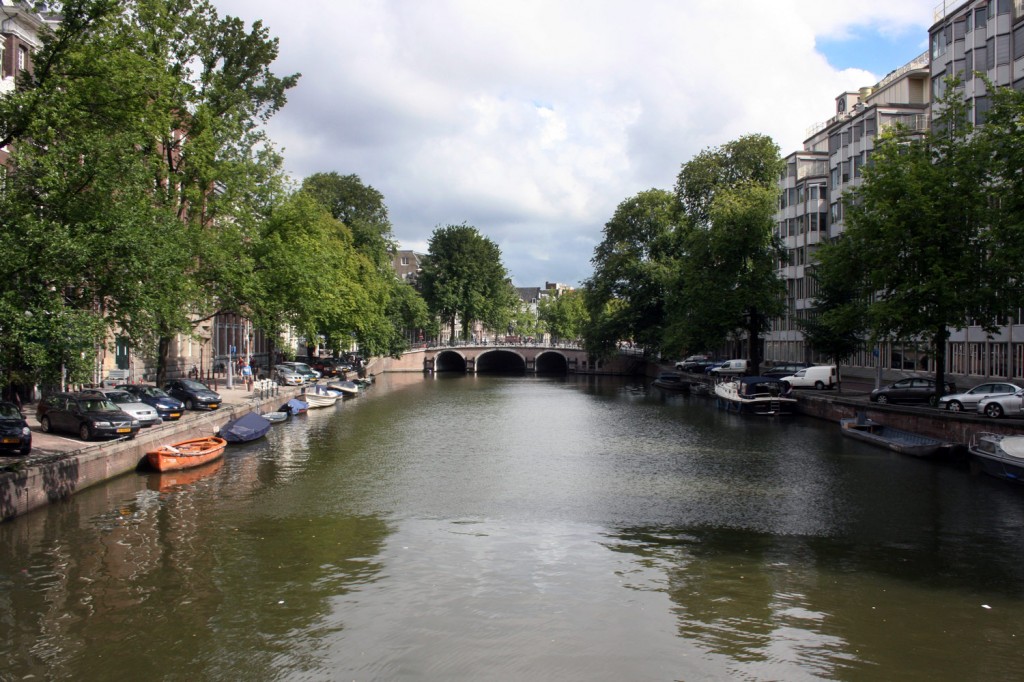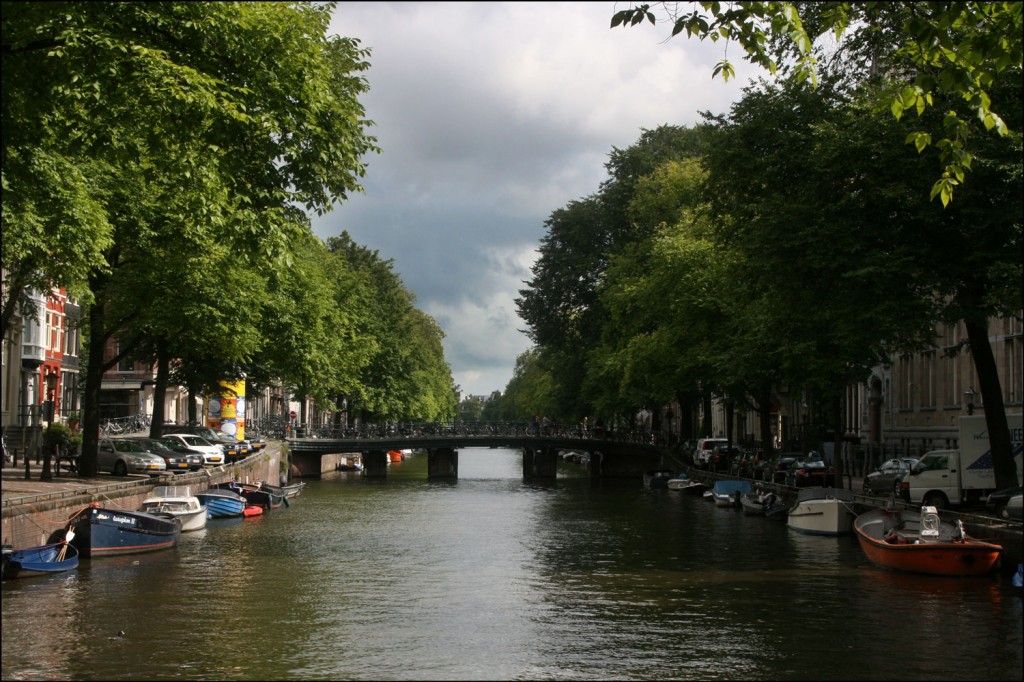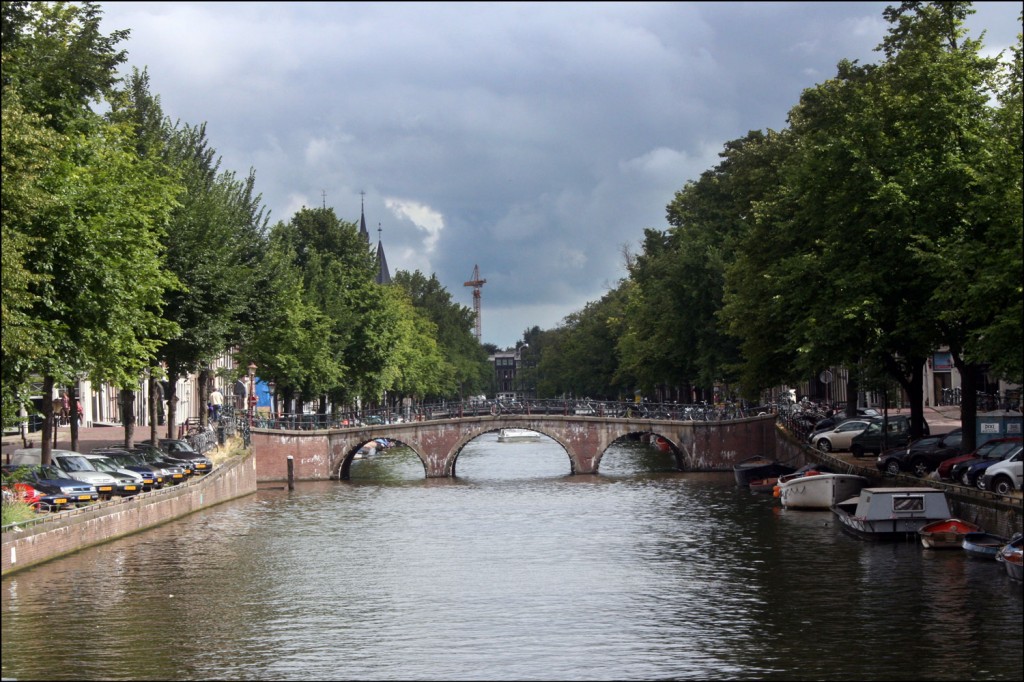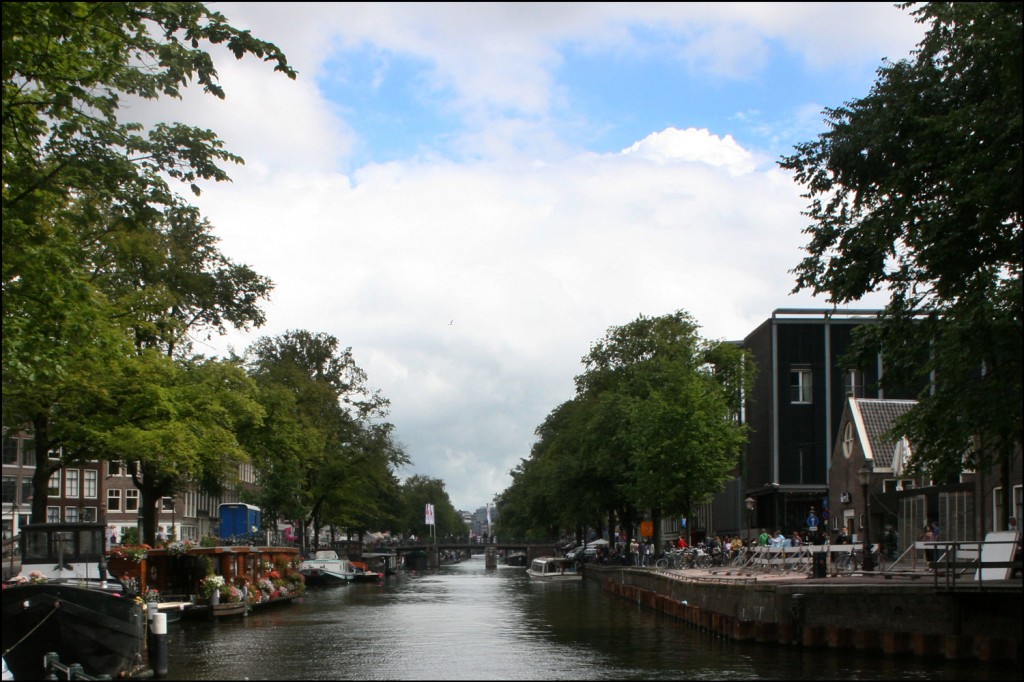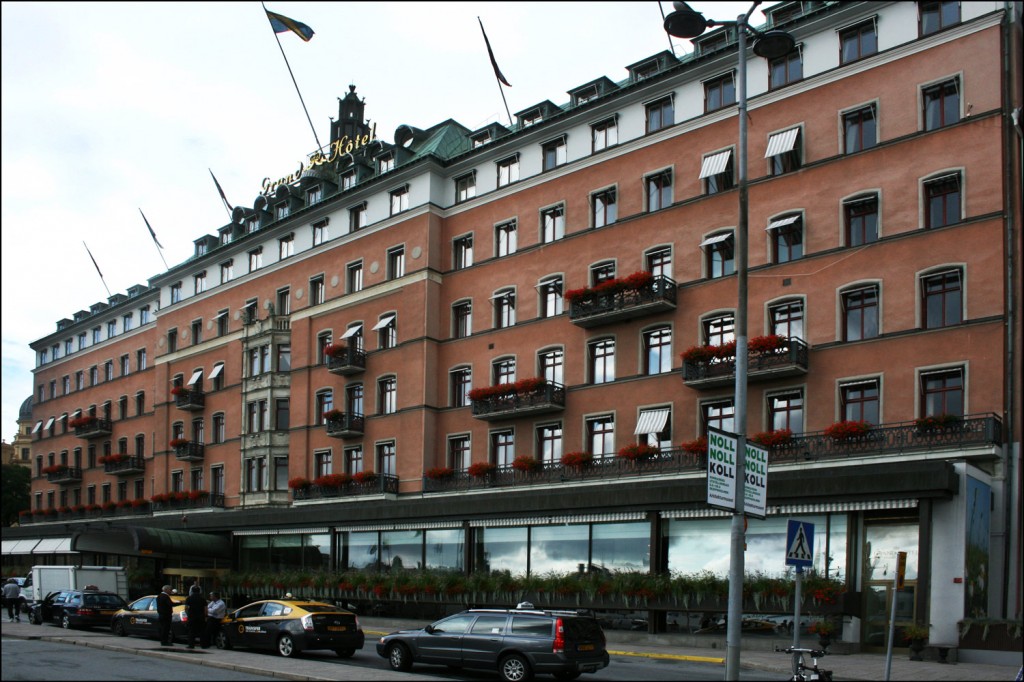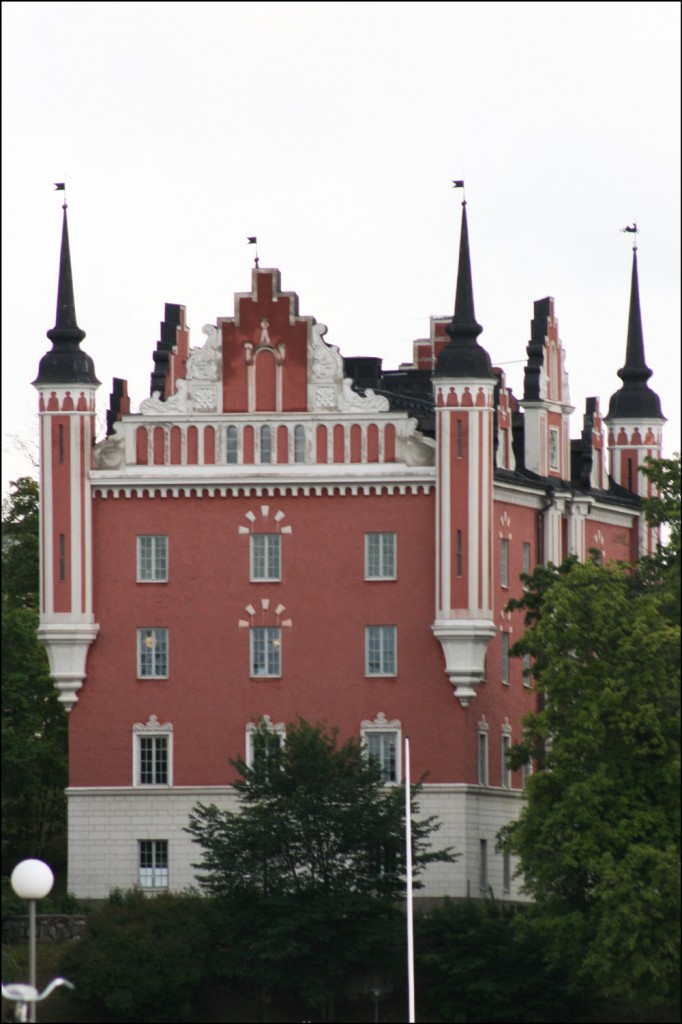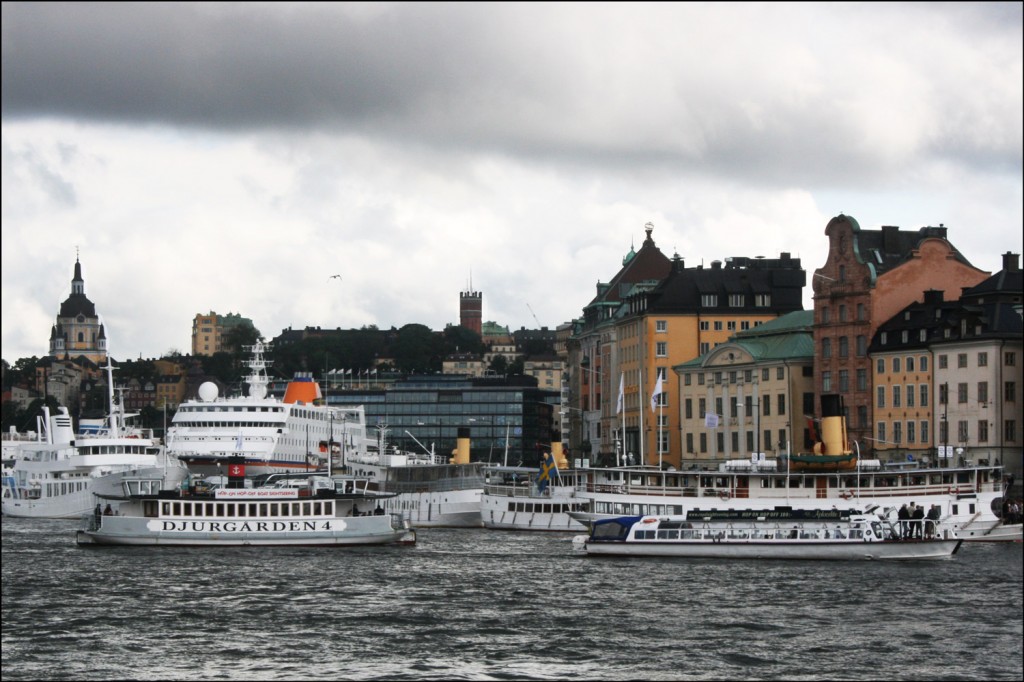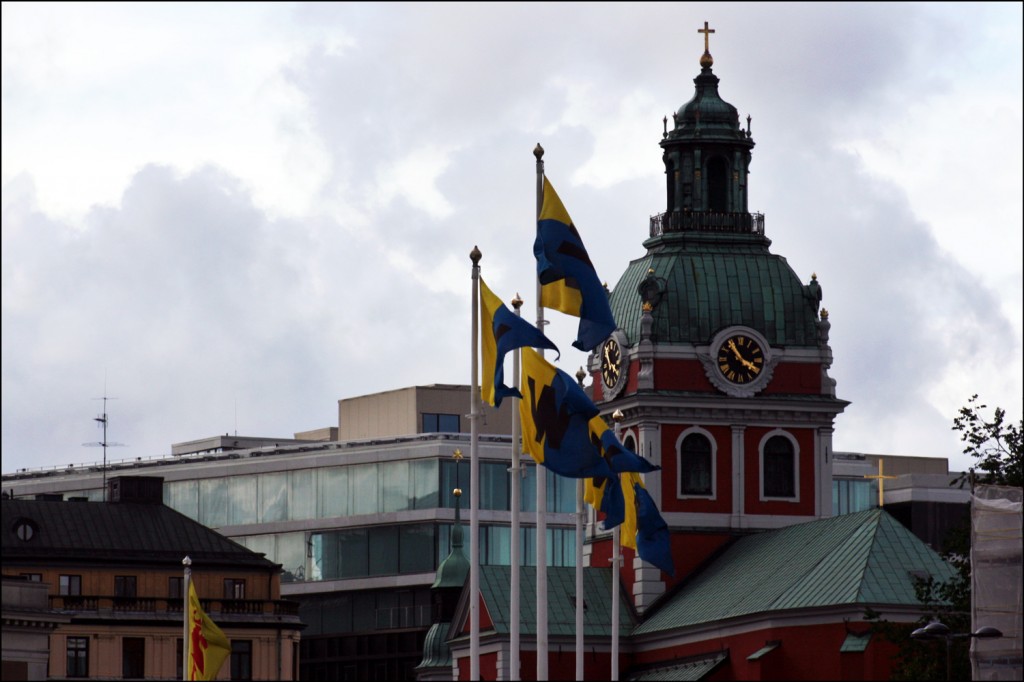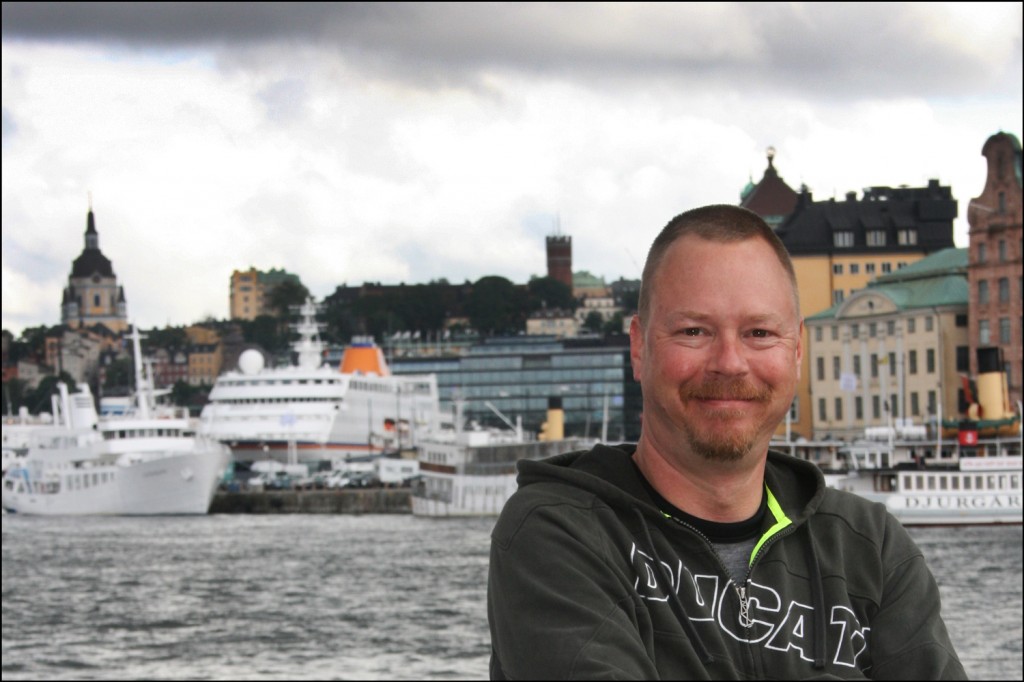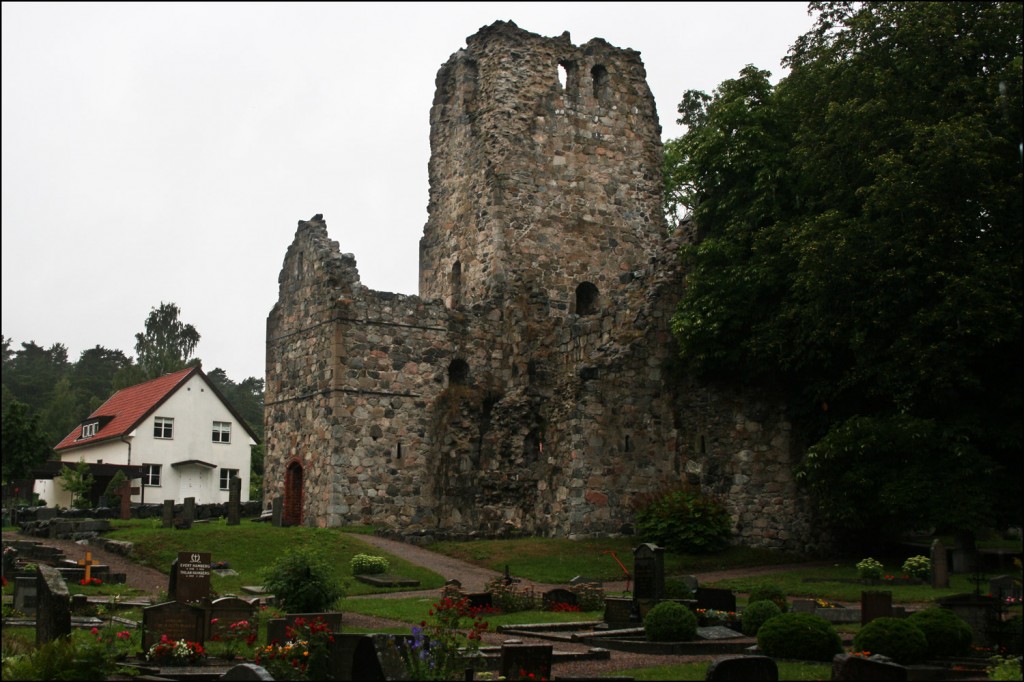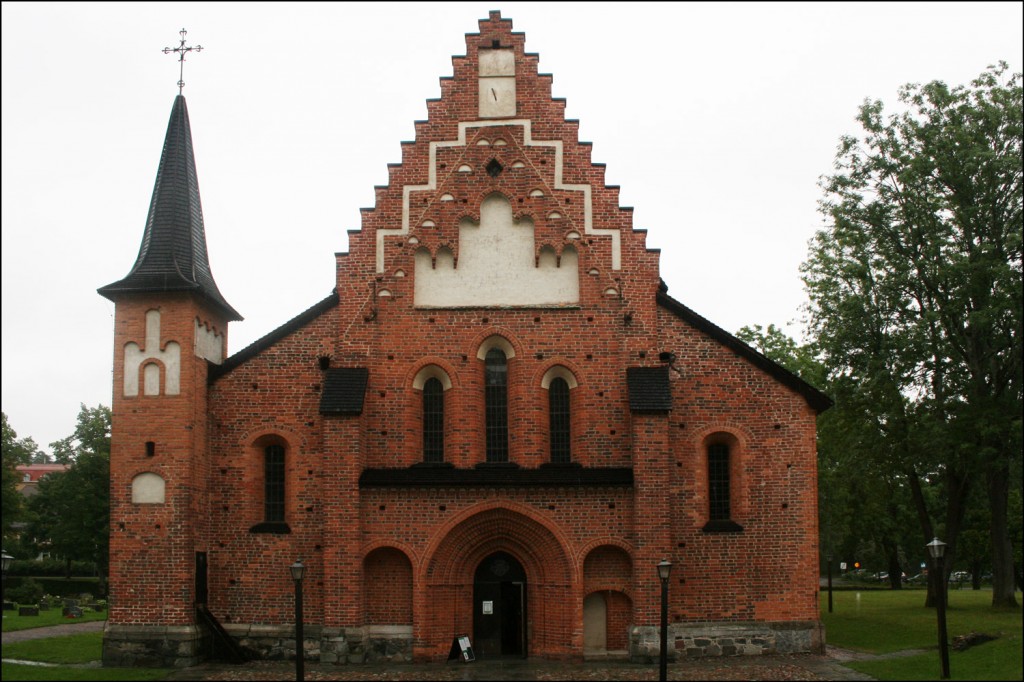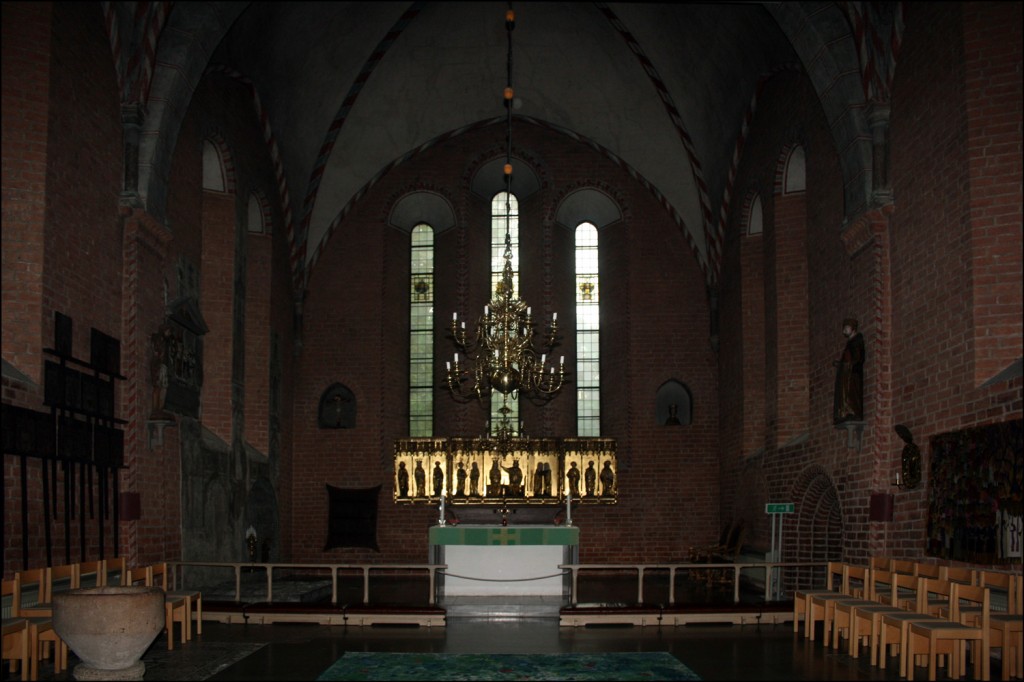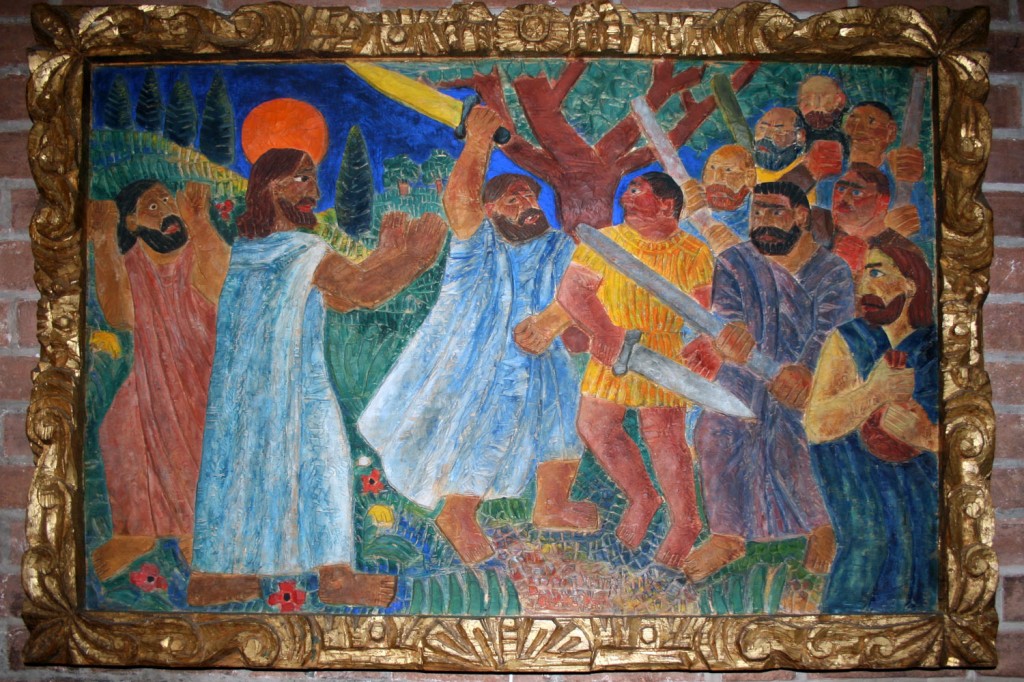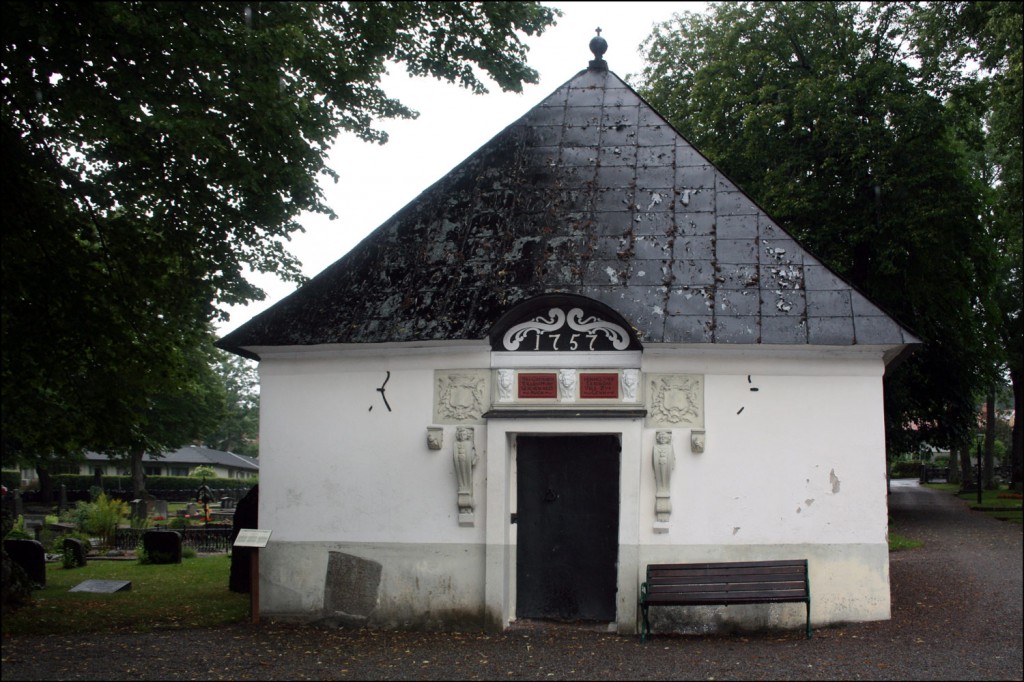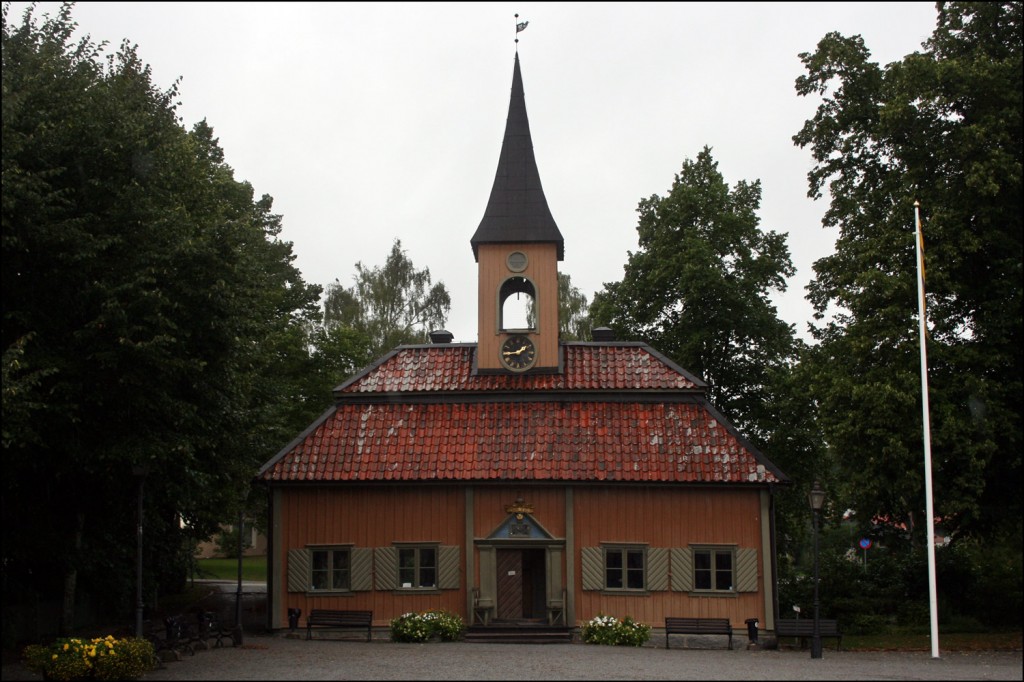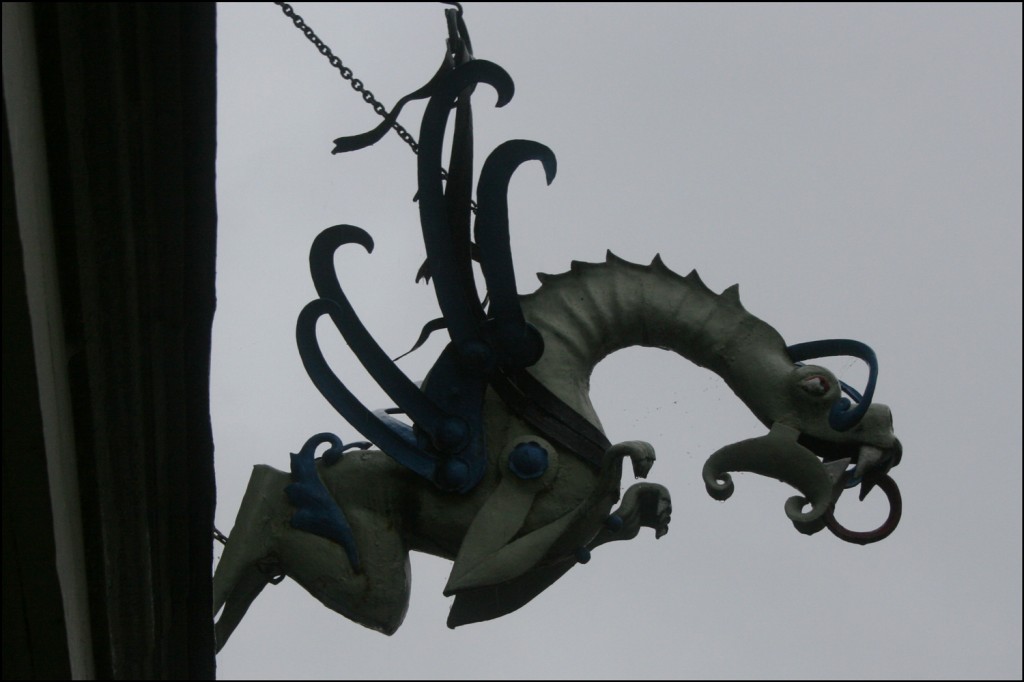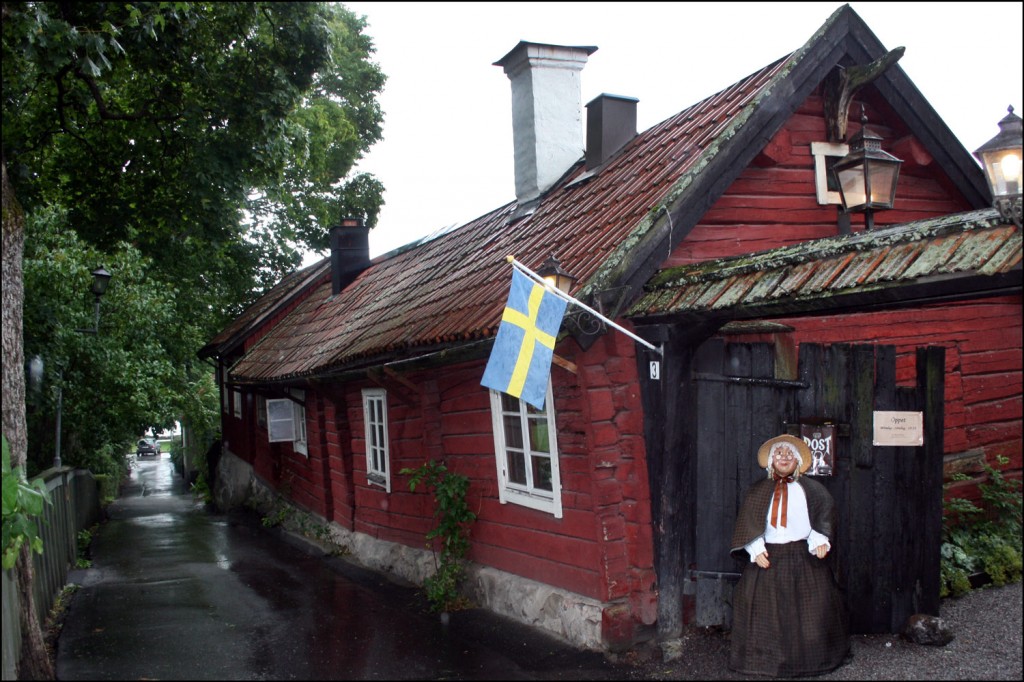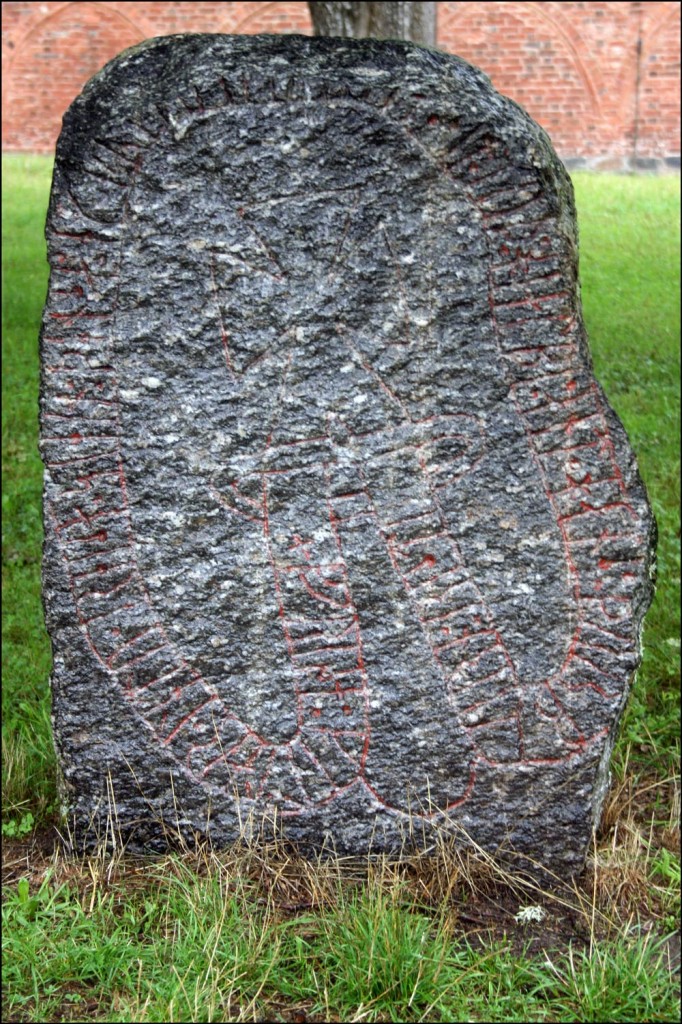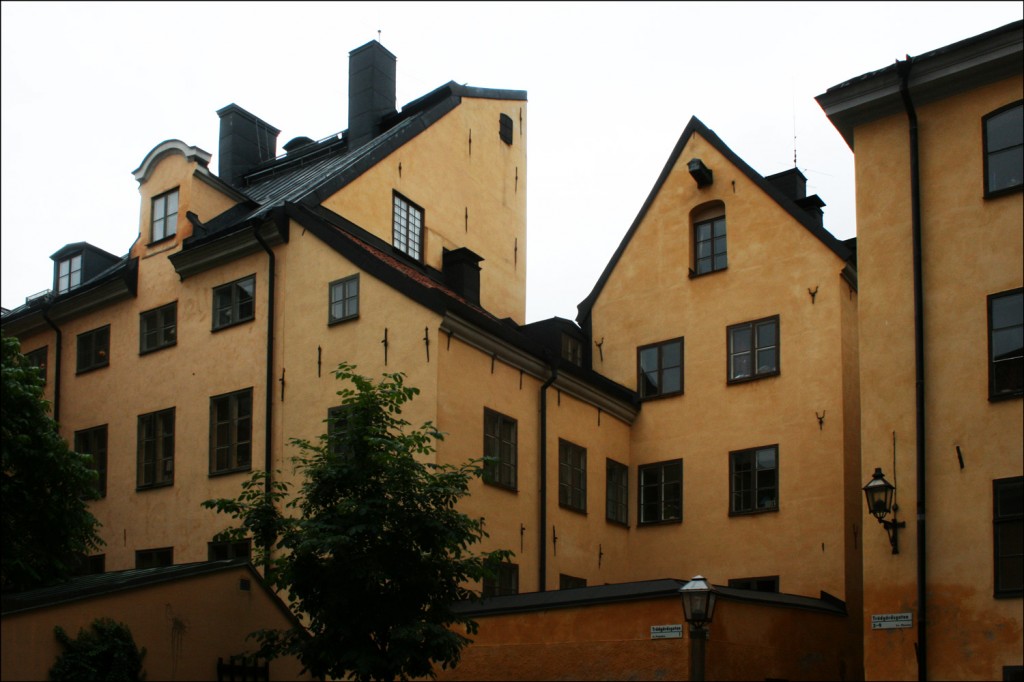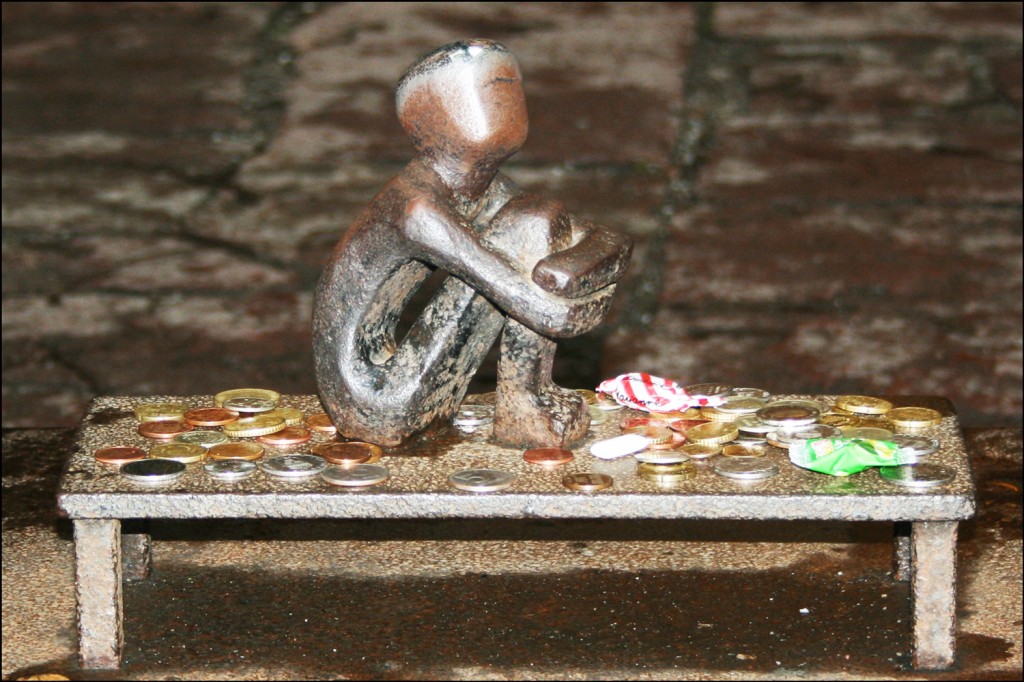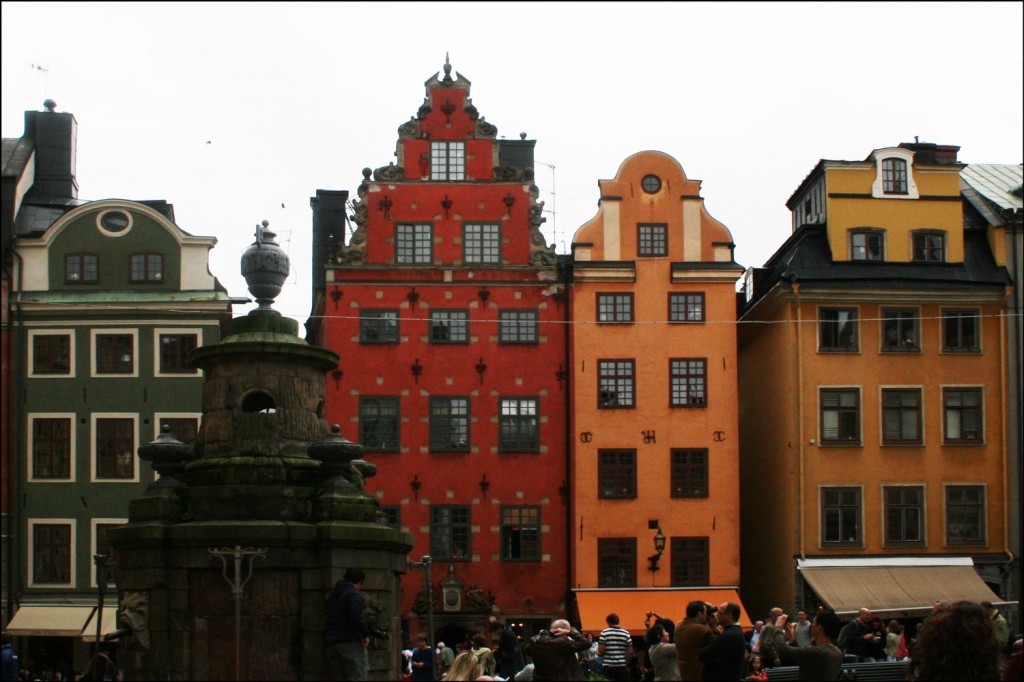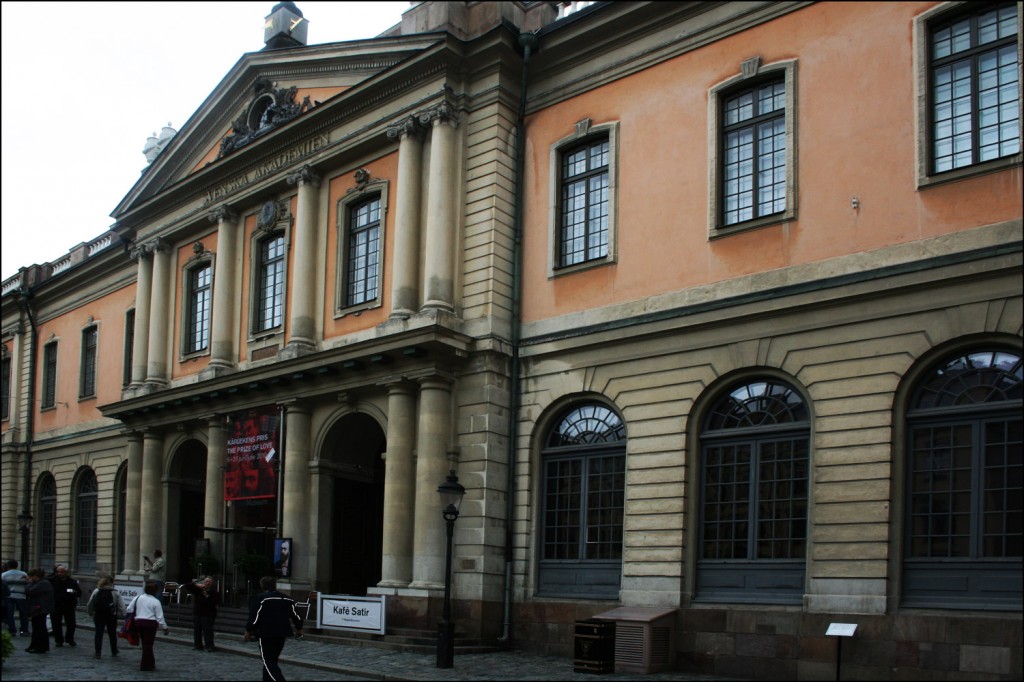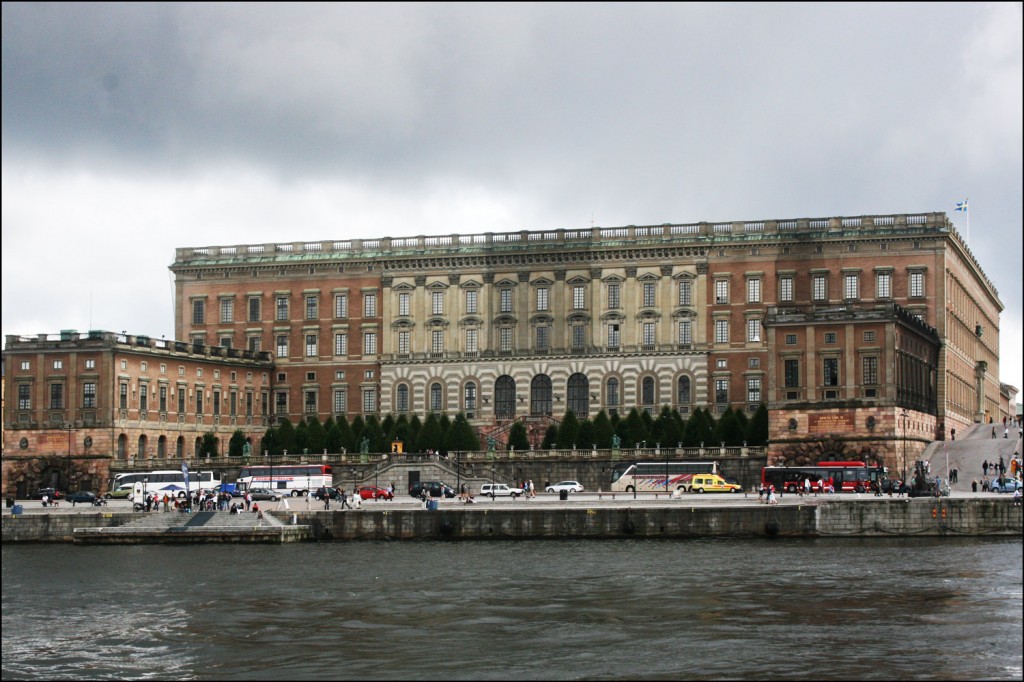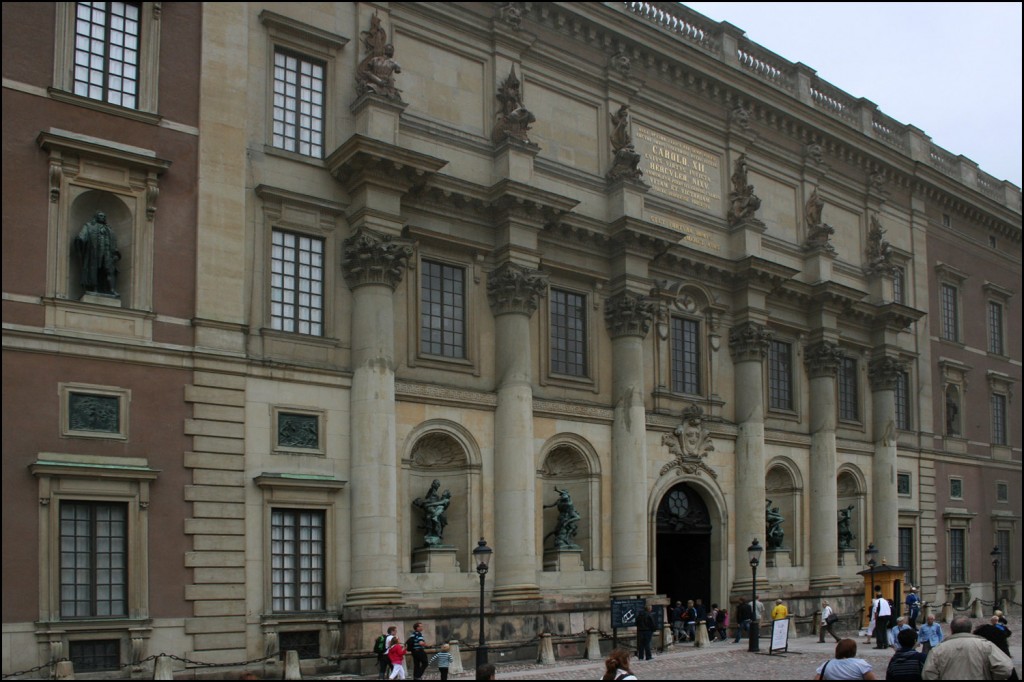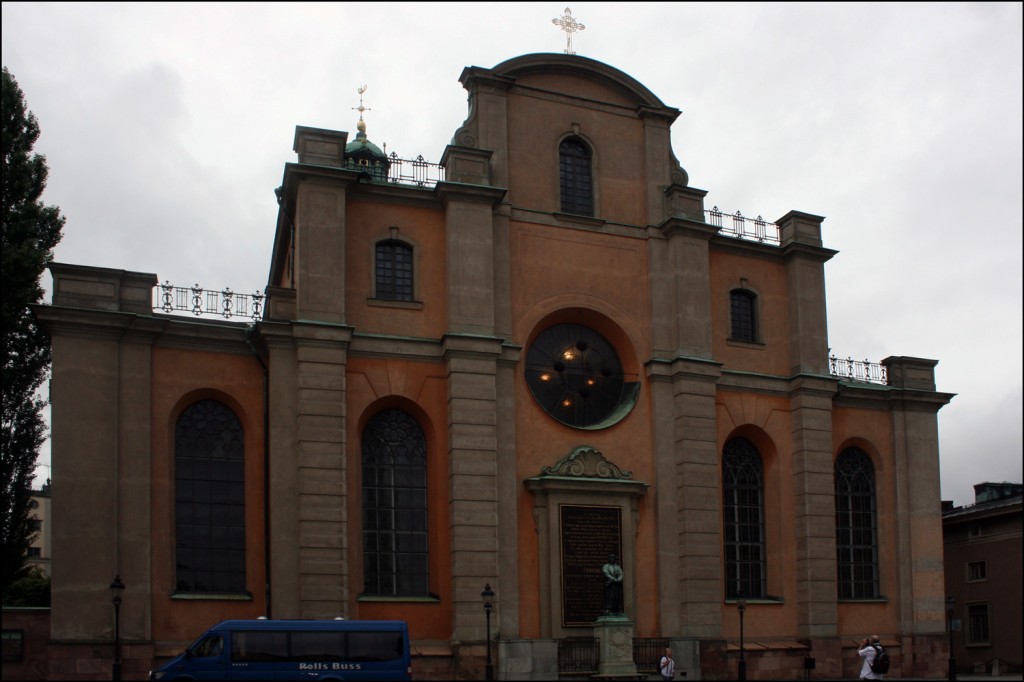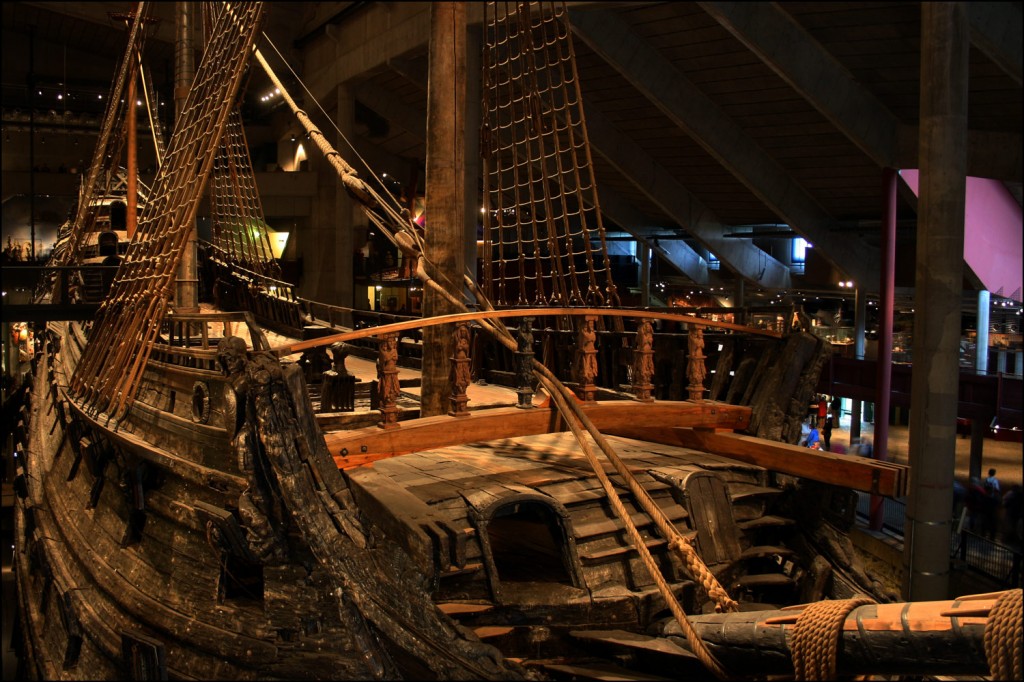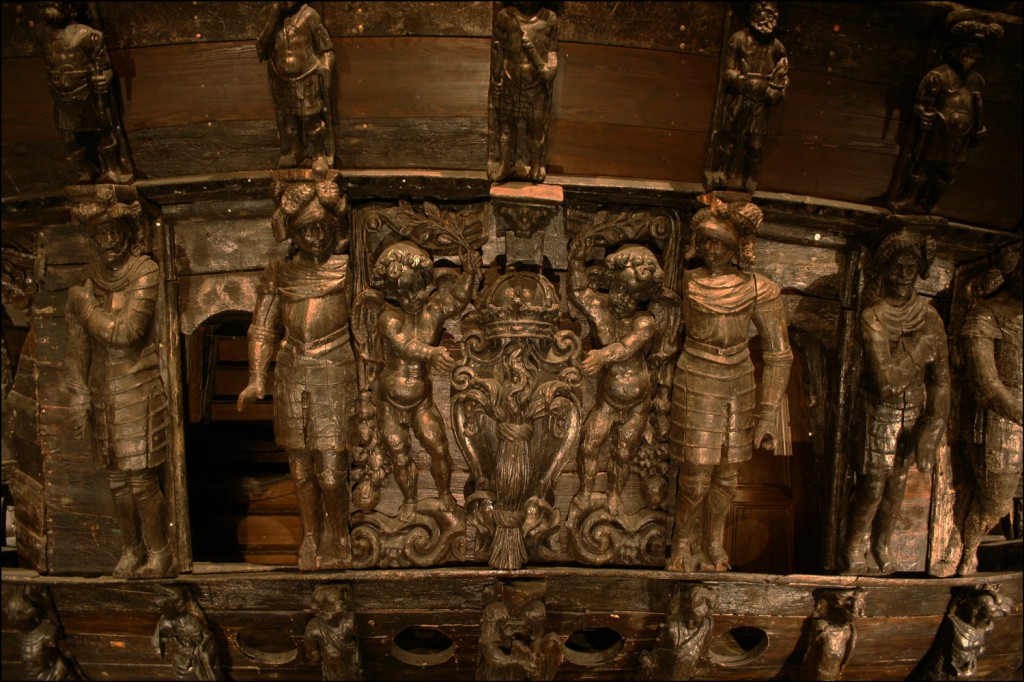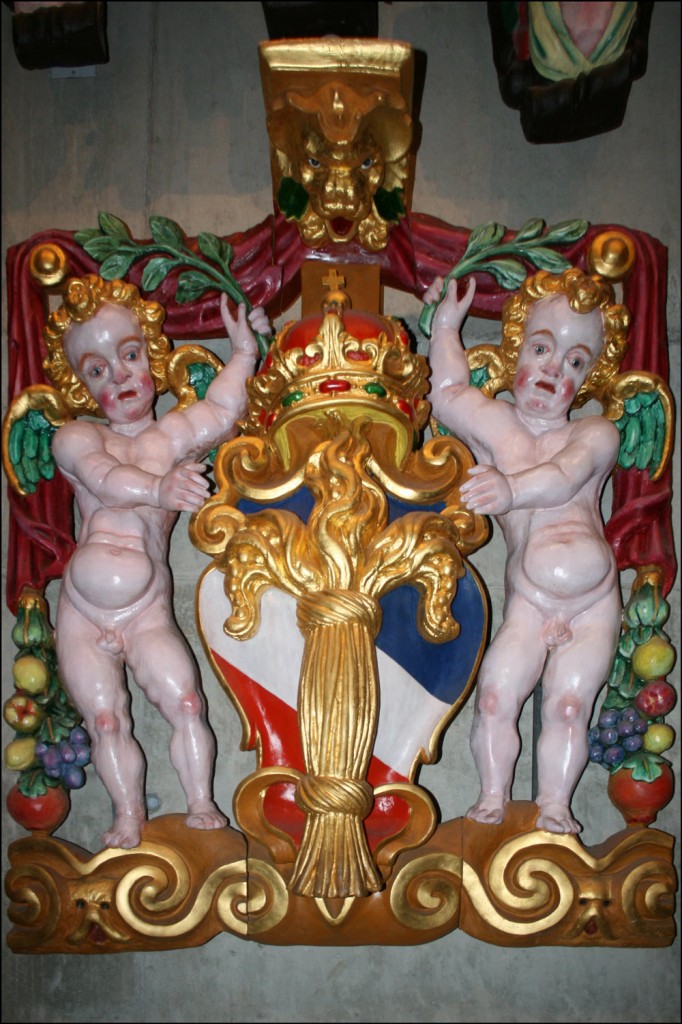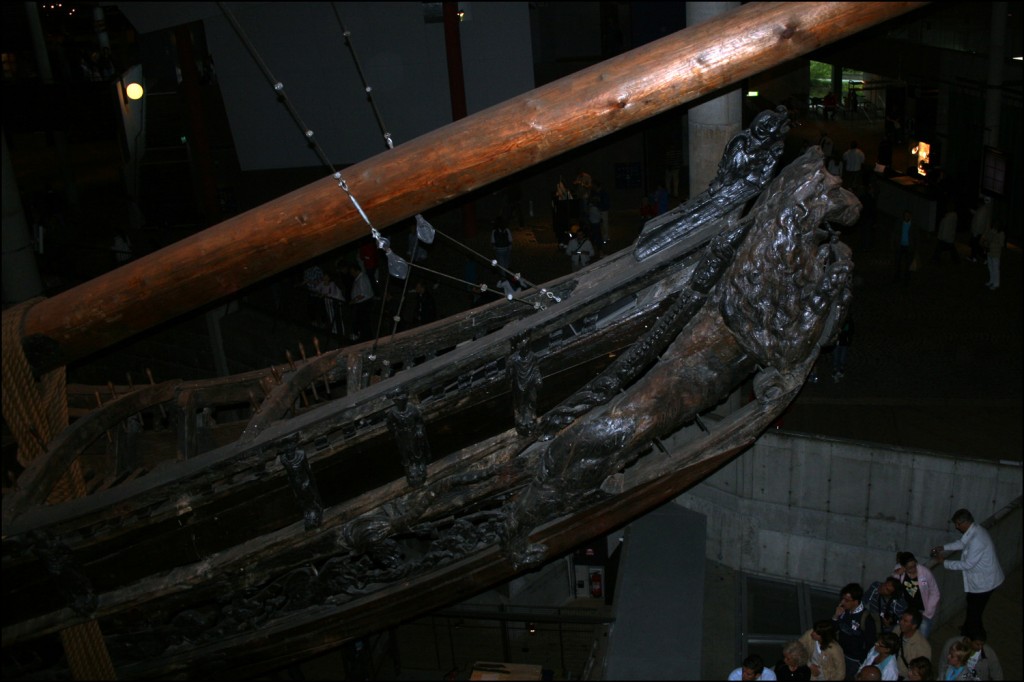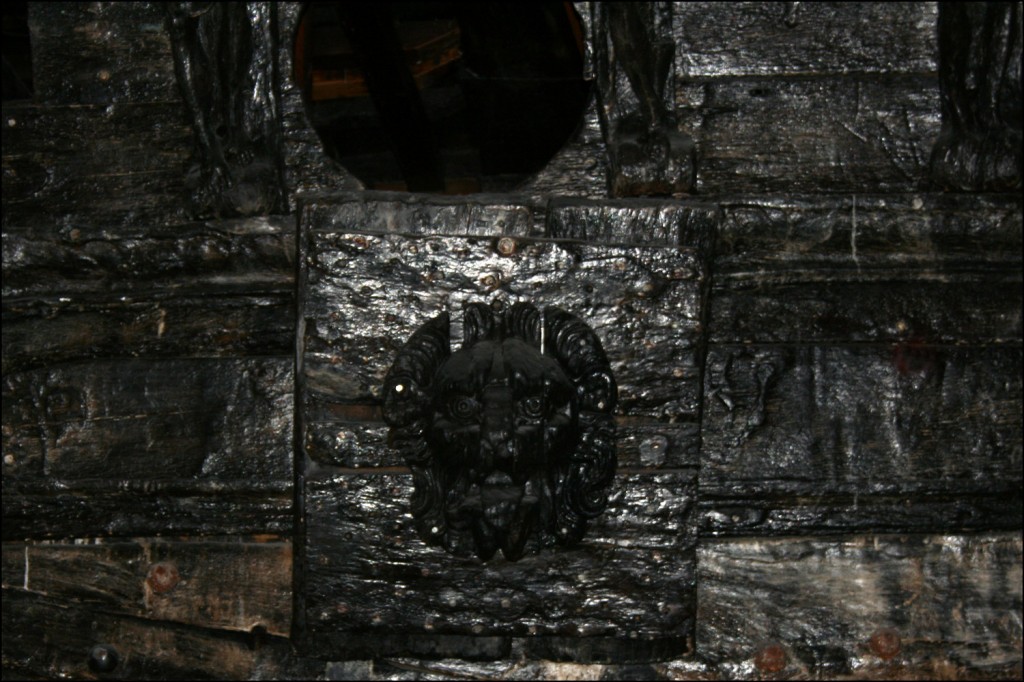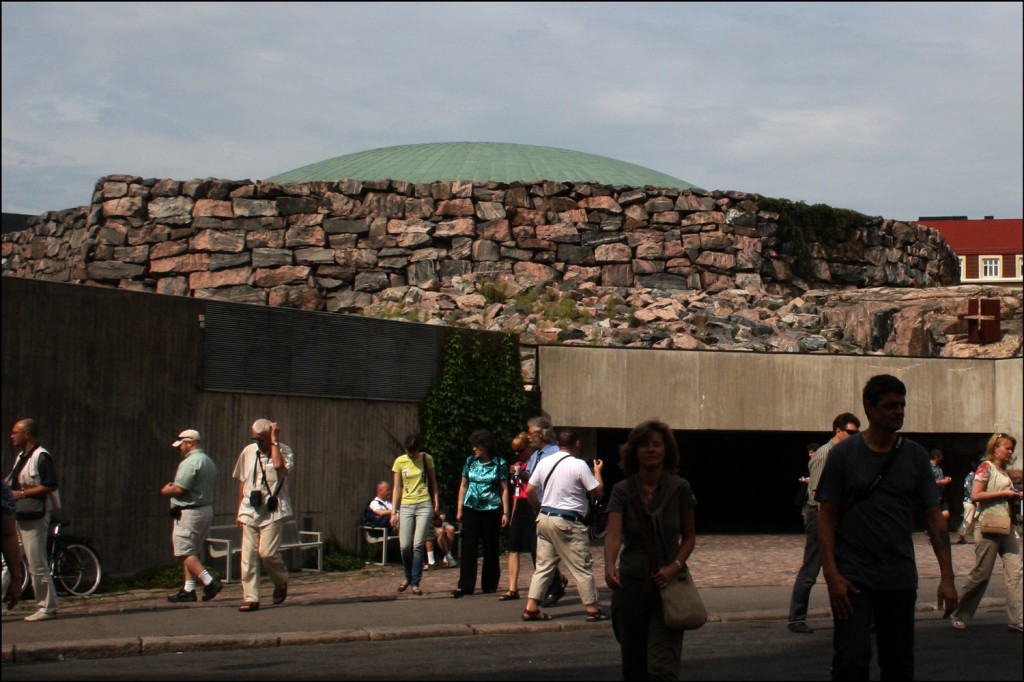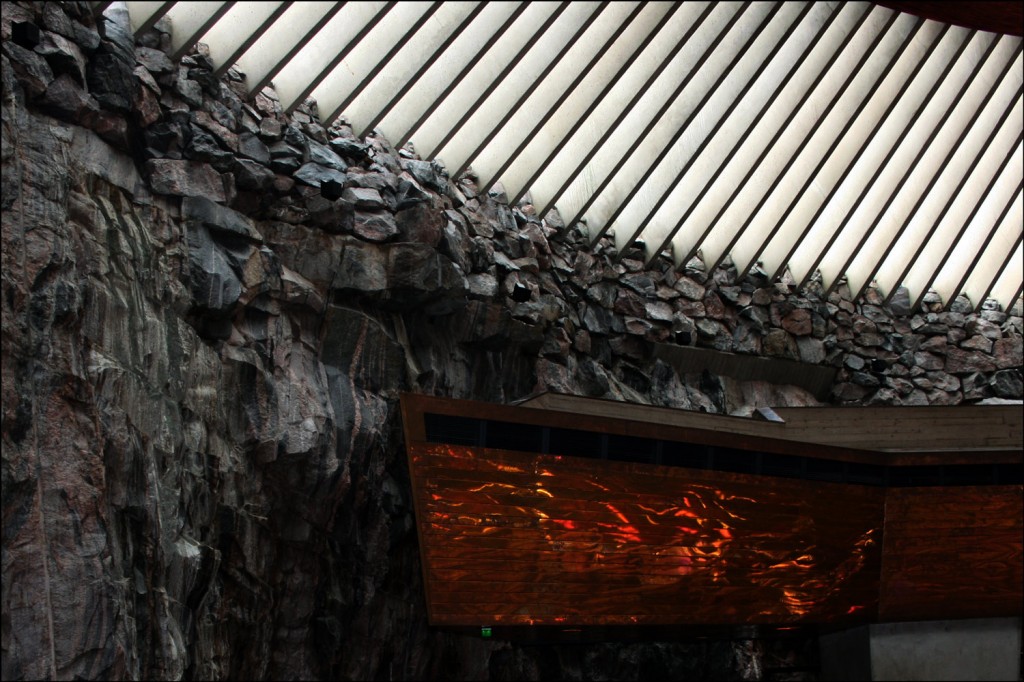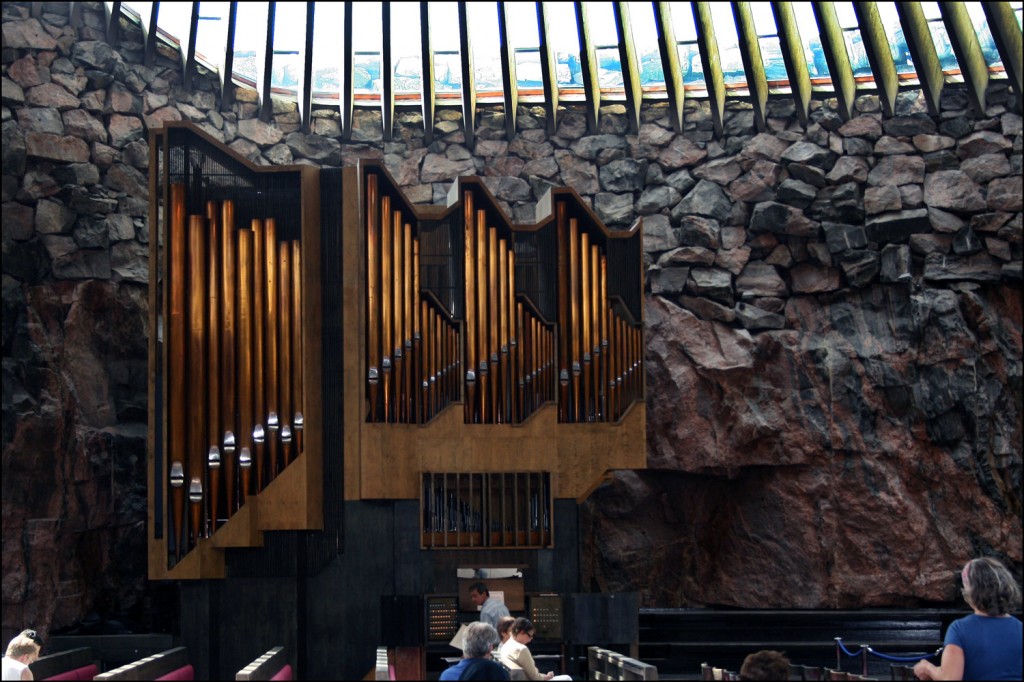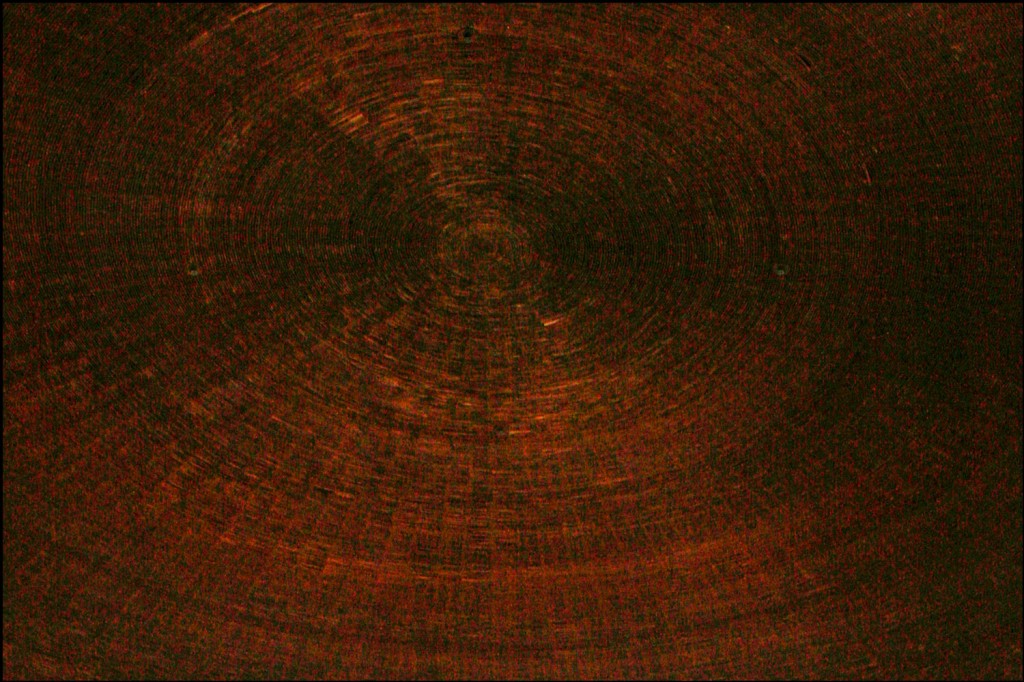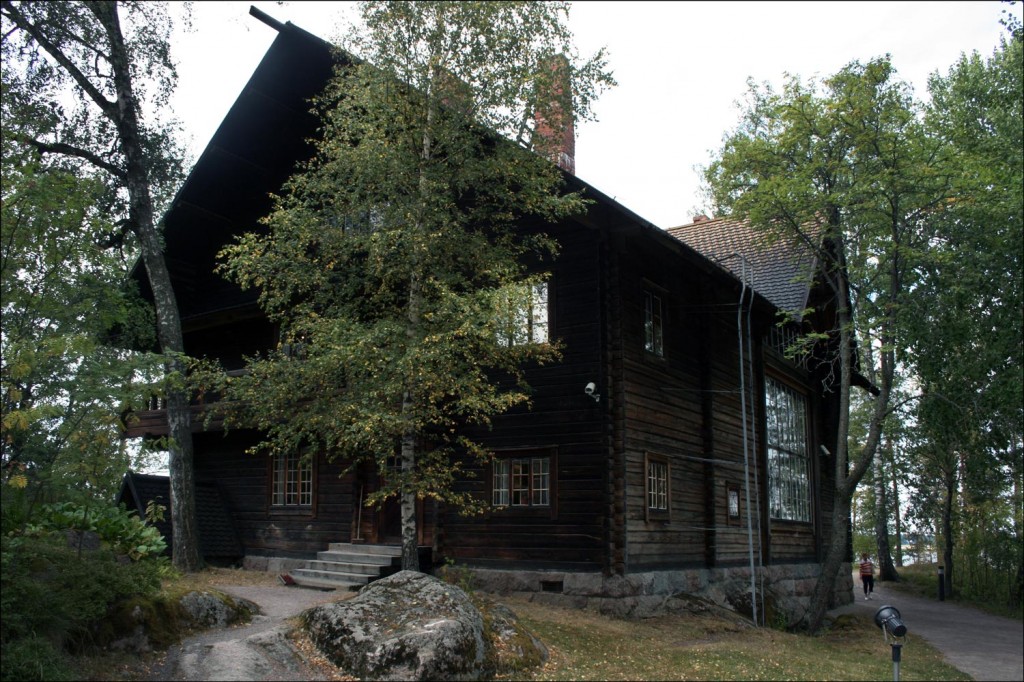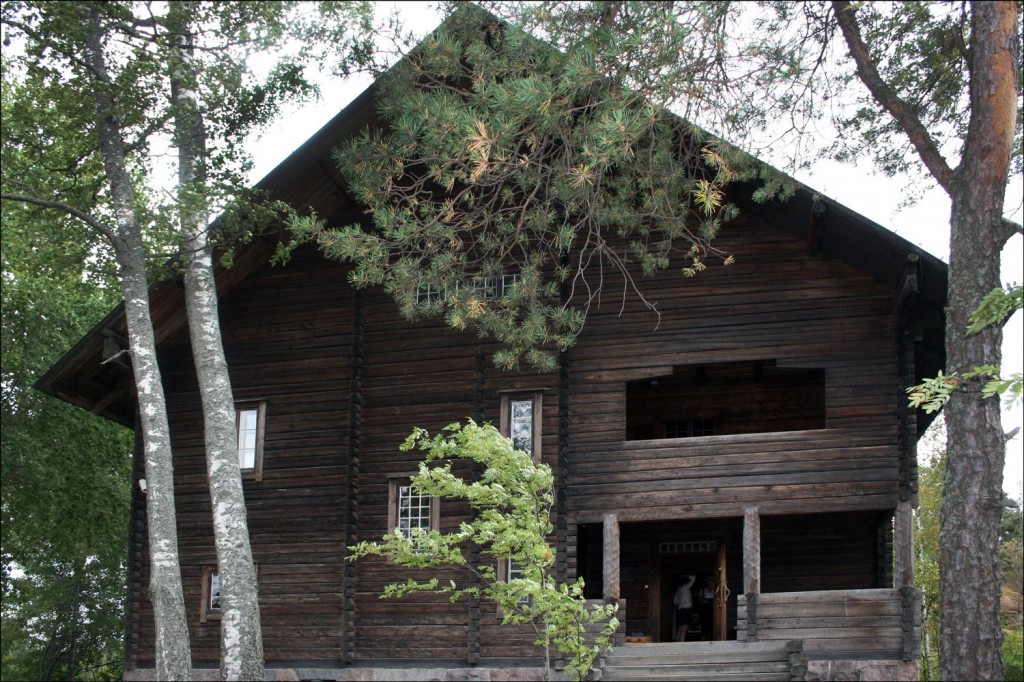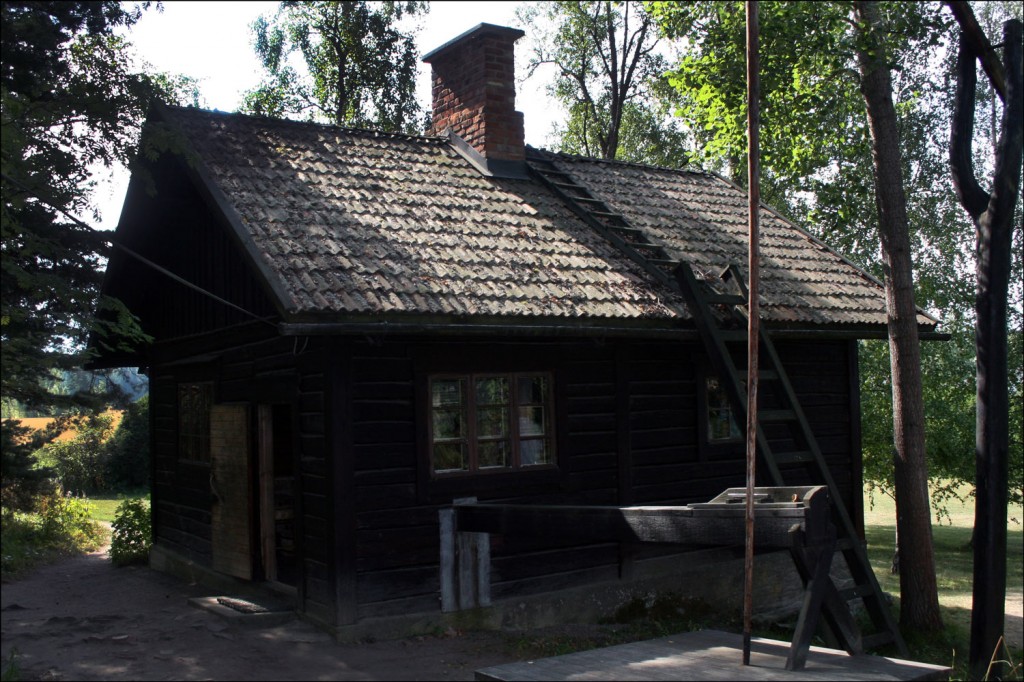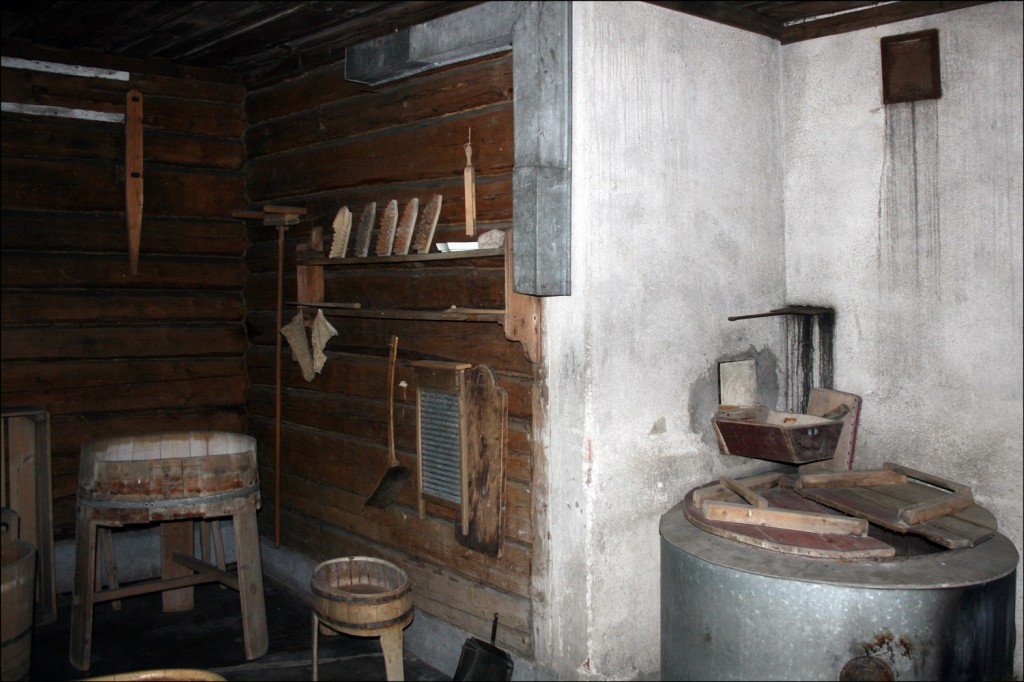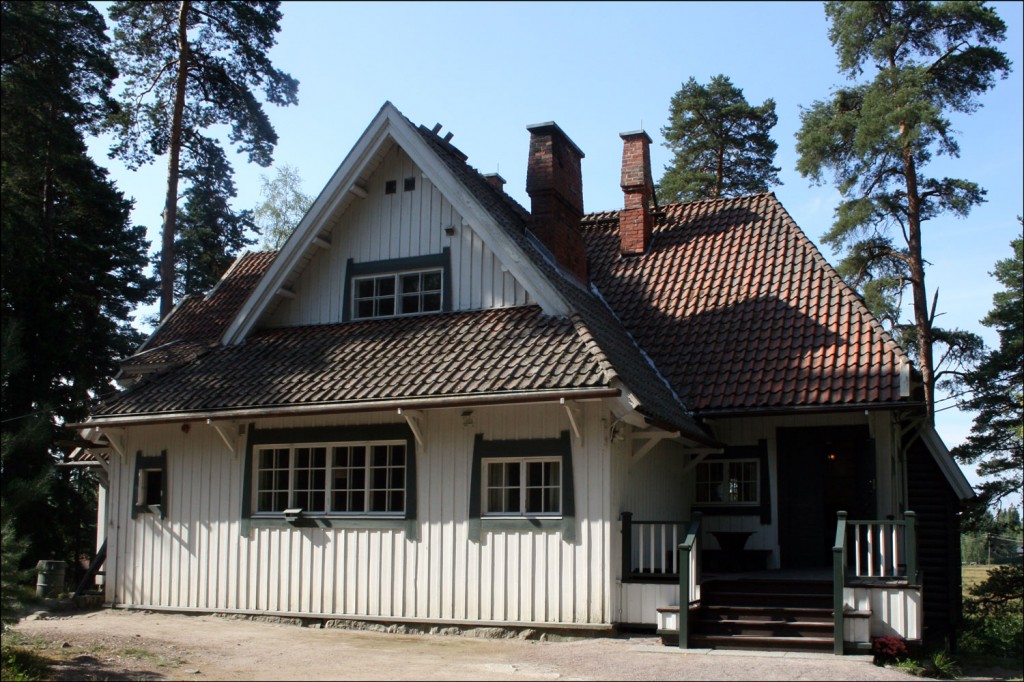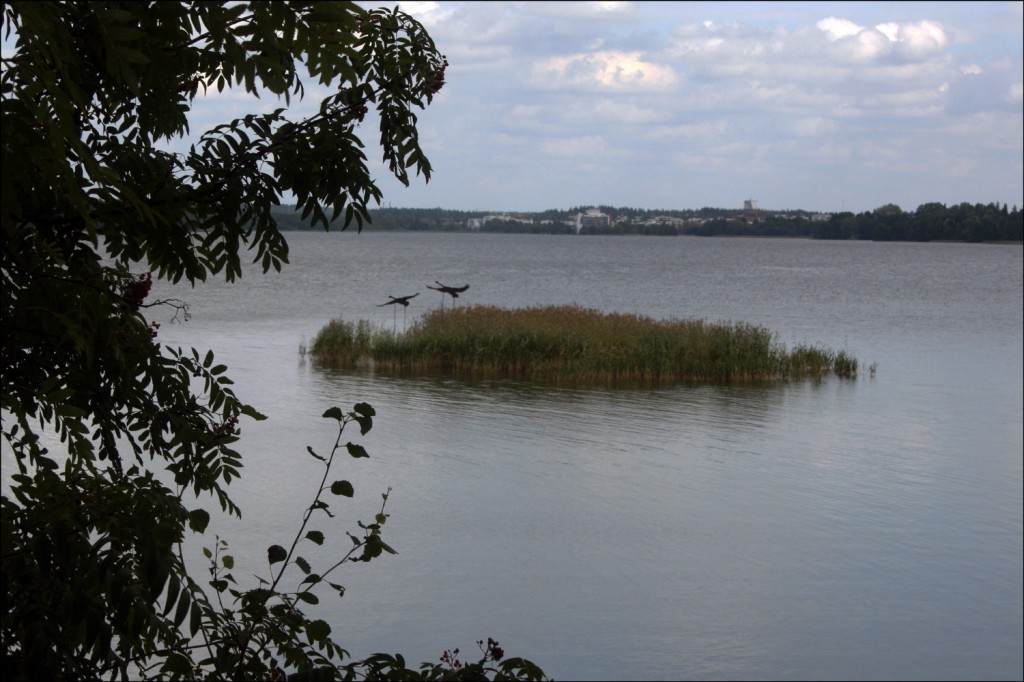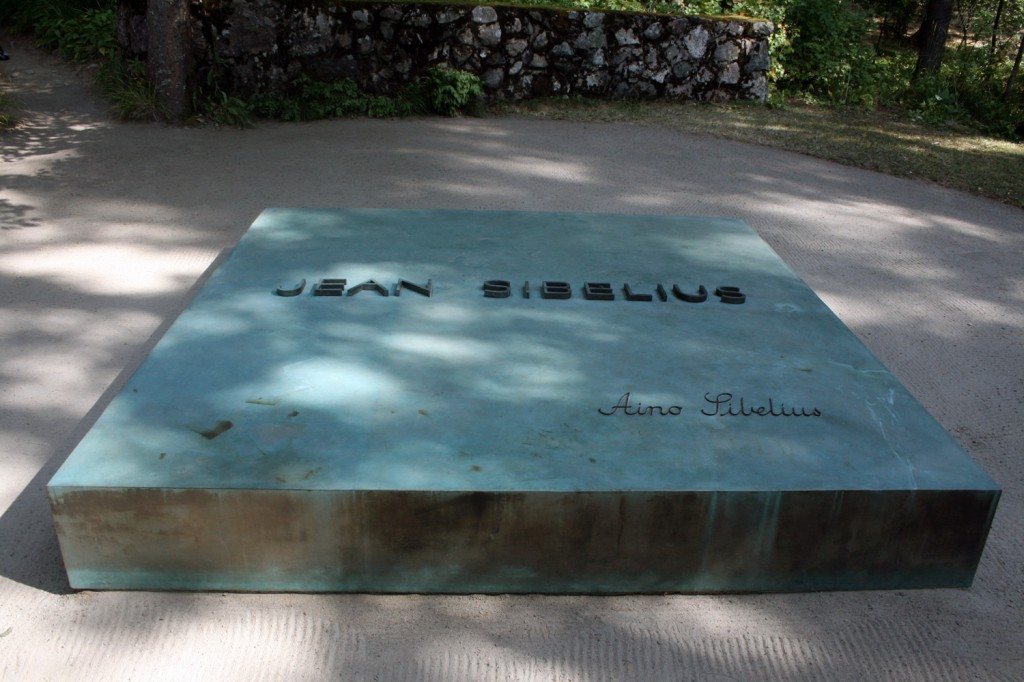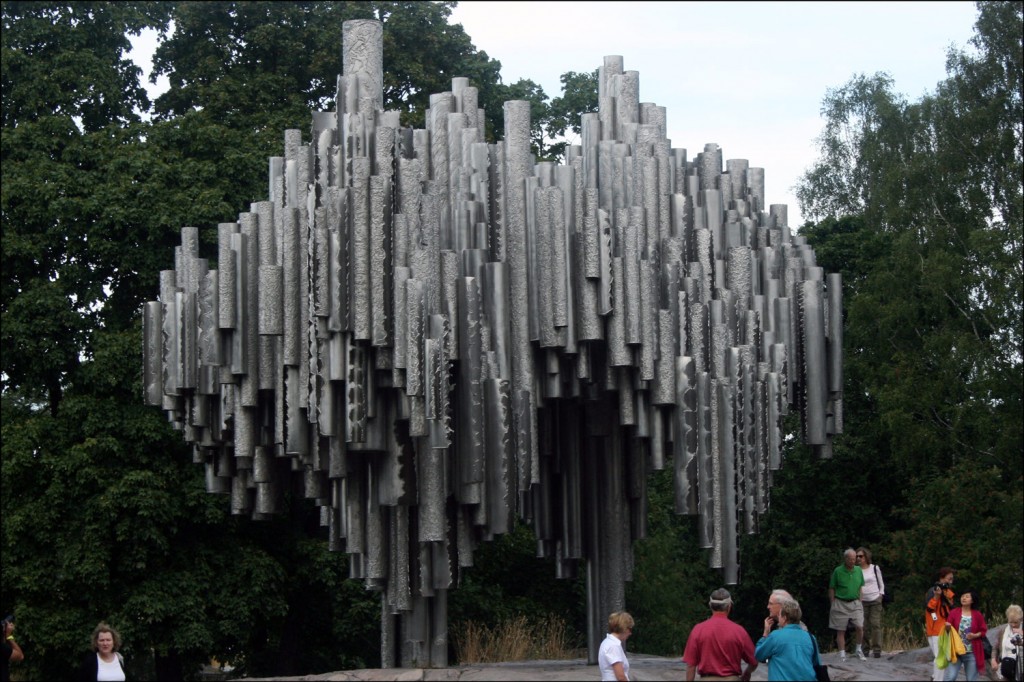While in Amsterdam, I walked along Raadhuisstraat and took photos as I crossed each of the major canals of Amsterdam . The first, the Singel was originally the moat around the medieval city of Amsterdam until 1585 . The Herengracht (Patrician’s Canal) was named after the heren regeerders who governed the city in the 16th and 17th centuries . The Keizersgracht (Emperor’s Canal) is named after Maximilian I, the Holy Roman Emperor. The Prinsengrach (Prince’s Canal) was named after the Prince of Orange. To the casual observer, one canal looks pretty much the same as another, although I’m sure a resident of Amsterdam could easily identify which is which from the photos. If I hadn’t known which was which, I could have identified only the photo of the Prinsengracht, since that photo shows a line of people on the right, waiting to get into the Anne Frank House.
The Singel, Amsterdam
SOURCE: The Singel, Amsterdam (Amsterdam, Netherlands), photographed by Stephen J. Danko on 08 Aug 2010.
The Herengracht, Amsterdam
SOURCE: The Herengracht, Amsterdam (Amsterdam, Netherlands), photographed by Stephen J. Danko on 08 Aug 2010.
The Keizersgracht, Amsterdam
SOURCE: The Keizersgracht, Amsterdam (Amsterdam, Netherlands), photographed by Stephen J. Danko on 08 Aug 2010.
The Prinsengracht, Amsterdam
SOURCE: The Prinsengracht, Amsterdam (Amsterdam, Netherlands), photographed by Stephen J. Danko on 08 Aug 2010.
Copyright © 2010 by Stephen J. Danko

